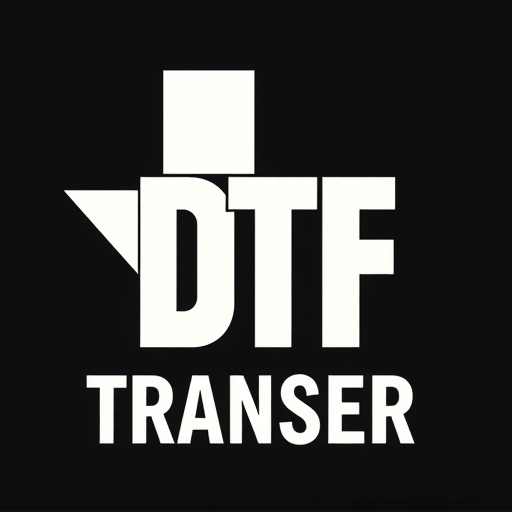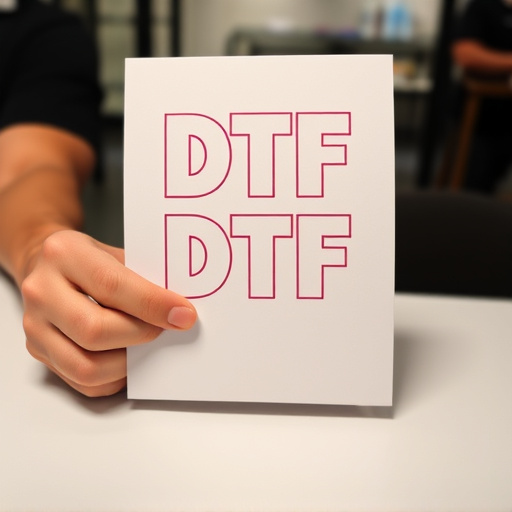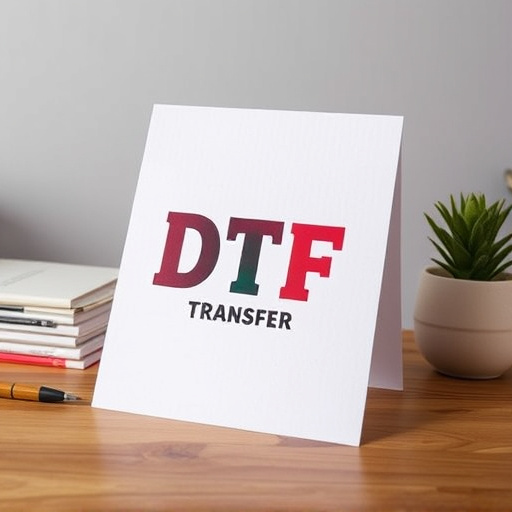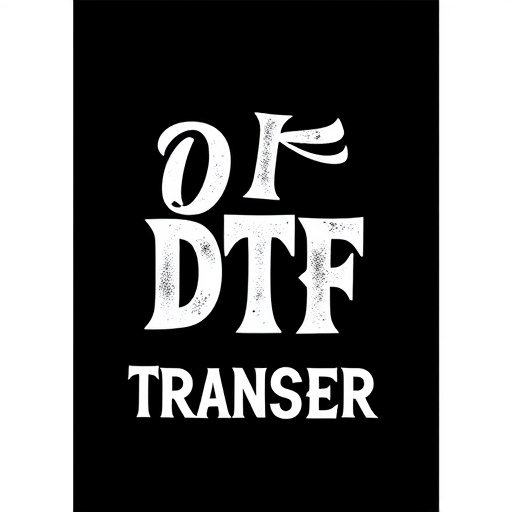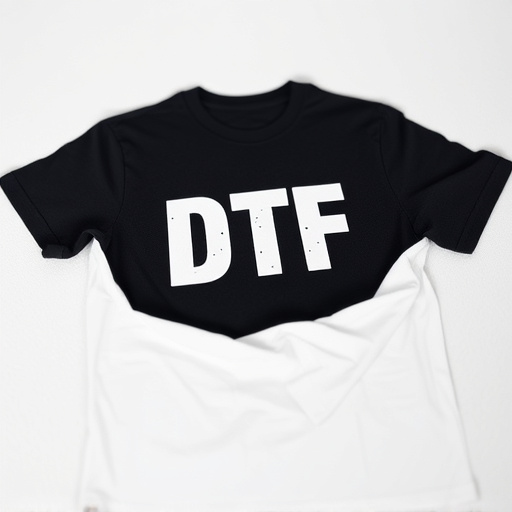Direct-to-film (DTF) printing democratizes art creation by enabling hobbyists to print vibrant, lasting designs onto various surfaces like canvas or wood using UV-cured ink. This accessible technique requires minimal setup and is suitable for diverse artistic styles. DTF prints empower beginners to explore creativity, potentially turning hobbies into businesses. Essential equipment includes a DTF printer, transfer film, ink, and a laminator. The market's popularity grows with technological advancements, offering intricate designs on diverse materials while catering to individuals seeking swift product realization and personalized goods.
Discover the captivating world of Direct-to-Film (DTF) prints, an innovative method revolutionizing art and design for hobbyists and artisans. This beginner’s guide explores the fundamentals of DTF, highlighting its unique benefits in bringing creative visions to life. From choosing the perfect materials to mastering the printing process, we’ll navigate you through this exciting journey. Uncover market trends and glimpse into the future, as DTF prints continue to leave their indelible mark on the art scene.
- Understanding Direct-to-Film (DTF) Prints: A Beginner's Guide
- Benefits of DTF for Hobbyists and Artisans
- Choosing the Right Materials for Your DTF Project
- Equipment and Tools Required for DTF Printing
- Step-by-Step Process of Creating DTF Artworks
- Market Trends and Future Prospects for DTF Prints
Understanding Direct-to-Film (DTF) Prints: A Beginner's Guide

Direct-to-film (DTF) prints are a game-changer for hobbyists and artisans, offering a simple and effective way to bring their creative visions to life. This innovative technique allows artists to print directly onto various media, such as canvas, wood, or even metal, without the need for complex setups or specialized equipment. DTF Prints provide an accessible entry point into the world of professional-grade printing, enabling hobbyists to explore their artistic sides with ease.
For beginners, understanding the process is key. DTF printing involves applying a special ink to the surface, which then reacts with a UV light source, causing the ink to cure and adhere permanently. This method ensures vibrant, durable colors and intricate details, making it suitable for a wide range of artistic expressions, from delicate illustrations to bold, abstract designs. With just a few basic tools and materials, hobbyists can start experimenting with DTF Prints, fostering creativity and potentially turning their side hobbies into thriving artistic endeavors.
Benefits of DTF for Hobbyists and Artisans
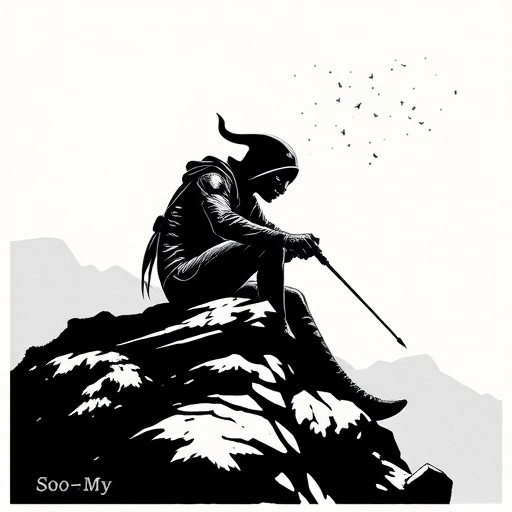
Direct-to-film (DTF) printing offers a range of benefits for hobbyists and artisans, revolutionizing their creative processes. One of its key advantages is accessibility; DTF technology allows individuals to produce high-quality prints with relative ease, regardless of their technical expertise. This makes it an ideal option for those who enjoy crafting, as they can easily transform their digital designs into tangible art pieces without the need for complex equipment or extensive training.
Additionally, DTF printing provides a cost-effective solution for small-batch production. Artisans can quickly create multiple copies of their unique designs, catering to the growing demand for custom, one-of-a-kind items. This flexibility enables them to explore various creative ventures, from personal projects to small-scale business endeavors, all while maintaining a high level of artistic integrity and control over their work.
Choosing the Right Materials for Your DTF Project
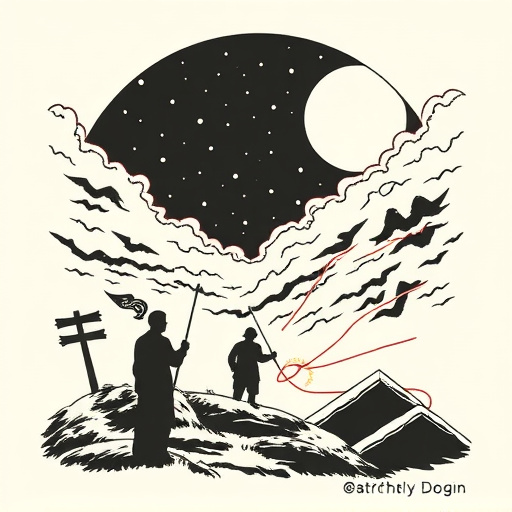
When embarking on a Direct-to-Film (DTF) project, selecting the appropriate materials is paramount to achieving excellent results. The first step involves understanding your project’s requirements and the desired outcome. DTF Prints offer a versatile platform for hobbyists and artisans to bring their creative visions to life. From canvas to wood, metal, or even fabric, the options are extensive. Each material has its unique characteristics, absorptivity, and texture, which can significantly impact the final print quality.
For instance, canvas provides a smooth surface ideal for intricate details, while textured materials like wood or stone add depth and dimension to your artwork. Consider the medium you wish to work with and choose a DTF printing material that aligns with your artistic goals. This decision will influence the overall aesthetic appeal and durability of your creation, ensuring a satisfying crafting experience.
Equipment and Tools Required for DTF Printing

Direct-to-film (DTF) printing is an accessible and exciting option for hobbyists and artisans looking to bring their creative visions to life. To embark on this journey, a few key equipment and tools are essential. Firstly, you’ll need a DTF printer, which can range from affordable desktop models to more advanced industrial machines. These printers use specialized ink and film to create high-resolution prints directly onto various materials like wood, fabric, or metal.
Additionally, a supply of DTF transfer film, ink, and a compatible laminator are crucial. The transfer film acts as a protective layer during printing, ensuring your design is intact. Ink comes in various colors and types, allowing for intricate detail and vibrant finishes. A laminator helps fuse the printed image onto the desired substrate, providing a durable, long-lasting finish for your DTF prints. With these essentials, hobbyists and artisans can begin exploring their creativity, producing unique, personalized items that stand out.
Step-by-Step Process of Creating DTF Artworks
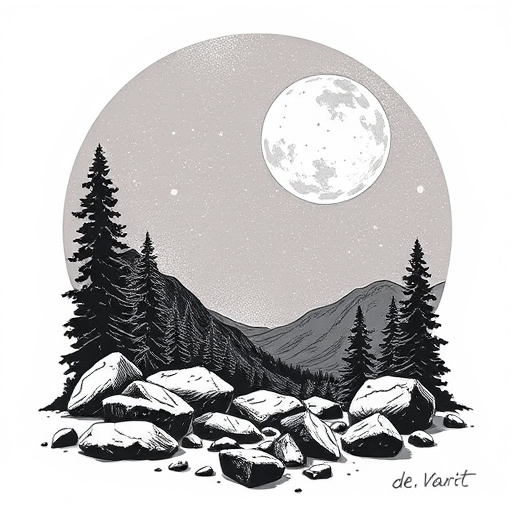
Creating Direct-to-Film (DTF) artworks is an exciting process that allows hobbyists and artisans to bring their creative visions to life. Here’s a step-by-step guide to help you get started:
1. Conceptualize Your Design: Start by sketching or designing your artwork using digital tools. Ensure your design is suitable for DTF printing, meaning it has clear lines and no intricate details smaller than 300 DPI (dots per inch). This ensures a high-quality print.
2. Prepare Your Work Area: Set up a clean, well-lit workspace with all necessary materials at hand. These include your computer, design software, DTF printer, and appropriate inks or coatings. A calm, organized environment will make the process smoother.
3. Load and Adjust Settings: Load your artwork into the DTF printing software. Calibrate the settings according to your printer’s specifications and the type of material you’re using. This may include adjusting resolution, color profiles, and print mode for optimal results.
4. Print Your Design: Once your settings are finalized, send the job to the DTF printer. Ensure the bed is properly aligned and secured. Start the printing process, and monitor it closely to avoid any issues.
5. Post-Processing: After the print is complete, carefully remove it from the printer bed. You may need to cure the ink or coating according to the manufacturer’s instructions for long-lasting colors and textures. Once cured, trim excess material if needed and add any final touches to your DTF artwork.
Market Trends and Future Prospects for DTF Prints

The Direct-to-Film (DTF) printing market has witnessed a significant surge in popularity among hobbyists and artisans due to its accessibility, versatility, and cost-effectiveness. This trend is expected to continue growing as technology advances, offering more options for intricate designs and diverse materials. DTF Prints cater to the creative needs of individuals who want to transform their ideas into tangible products swiftly and efficiently. With the ever-evolving digital landscape, these prints have become a game-changer, enabling artisans to produce custom items on demand.
Looking ahead, the future prospects for DTF Prints seem promising, especially with the increasing demand for personalized and unique goods. As more hobbyists and small businesses explore this technology, it is likely to become an integral part of various creative industries. Market trends indicate a move towards sustainable and eco-friendly printing methods, further expanding the appeal of DTF among environmentally conscious consumers.


